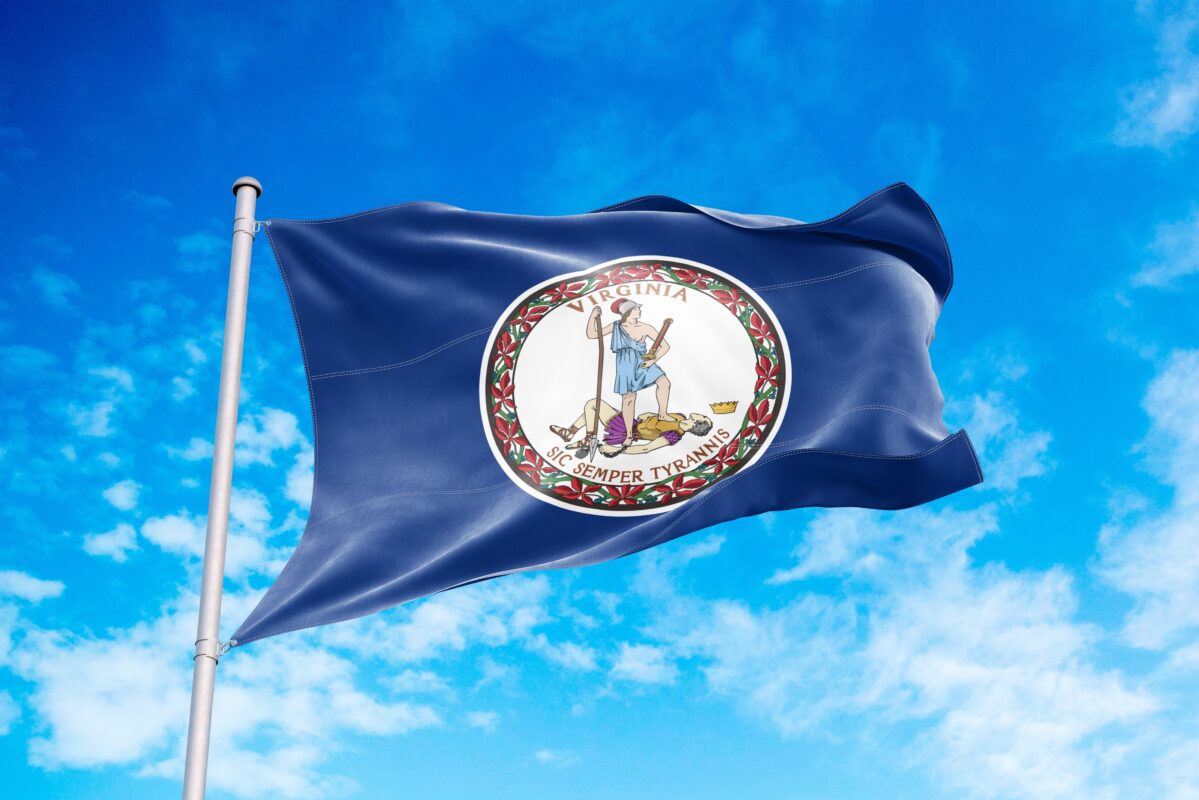 With the Fourth of July just now behind us, we still have plenty of family cookouts, gatherings by the pool or at the beach, and more summer celebration sounds and fireworks ahead. It is usually a good idea to keep the fireworks to the professionals and attend a show in your region applying safe show practices (with hearing protection in hand or rather in ears).
With the Fourth of July just now behind us, we still have plenty of family cookouts, gatherings by the pool or at the beach, and more summer celebration sounds and fireworks ahead. It is usually a good idea to keep the fireworks to the professionals and attend a show in your region applying safe show practices (with hearing protection in hand or rather in ears).
This begs the question, in our hyper-vigilant world, do kids really have much exposure to recreational fireworks these days? Recently, Bhatt et al (2019) examined the use of fireworks and other recreational loud noise using data from the National Health Interview Series (data from 2014). The sample from the NHIS included over 13,000 children under 18 years of age. Fireworks, with 44.8 percent reporting use were the second most common source of reported loud noise exposure, the first being music (46.5 percent) and the third, yard equipment (42.5 percent). Sadly, only 16.4 percent reported consistent use of hearing protection devices when exposed to explosive sounds, such as fireworks. When including all sources of loud noise, only 6 percent reported consistent use of hearing protection.
Takeaway: There is a high prevalence of youth exposure to loud sounds, including impulsive/explosive sounds. Further, there is a low prevalence of hearing protection device use. Both passive and active prevention-based strategies are necessary to protect youth from noise induced hearing loss from recreational sources. These strategies range from manufacturing lower level sound emitting fireworks, warnings on packaging, education on hearing protection and hearing loss risk, use of hearing protection and hearing conservation strategies, periodic hearing screenings, and reinforcement with reasonable regulations.
For more information see Bhatt et al (2019). Epidemiology and gender differences in pediatric recreational and firearm noise exposure in the USA, Laryngoscope, Prepub, May 9.
Recent Posts
Academy Files Rulemaking Petition to Restore ABA Language in VA Regulations
Earlier last year, the Virginia Board of Audiology and Speech-Language Pathology finalized regulatory changes intended to streamline licensure by removing direct ties between certification and…
Congress Needs to Hear From Audiologists on Student Loan Access
The Professional Student Degree Act, H.R. 6718, introduced by Representative Michael Lawler (R-NY), was introduced in mid-December. This bill reaffirms audiology’s status as a professional…
Why Wild Animals Don’t Have Floppy Ears
In 1959, a scientist began a domestication experiment with silver foxes. Critics believed the experiment was, at the very least, too ambitious (if not outright…


